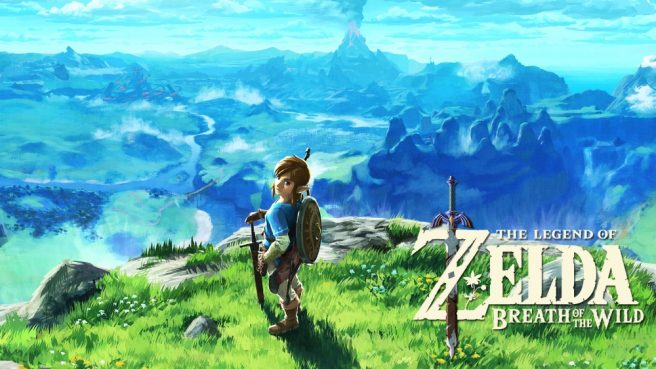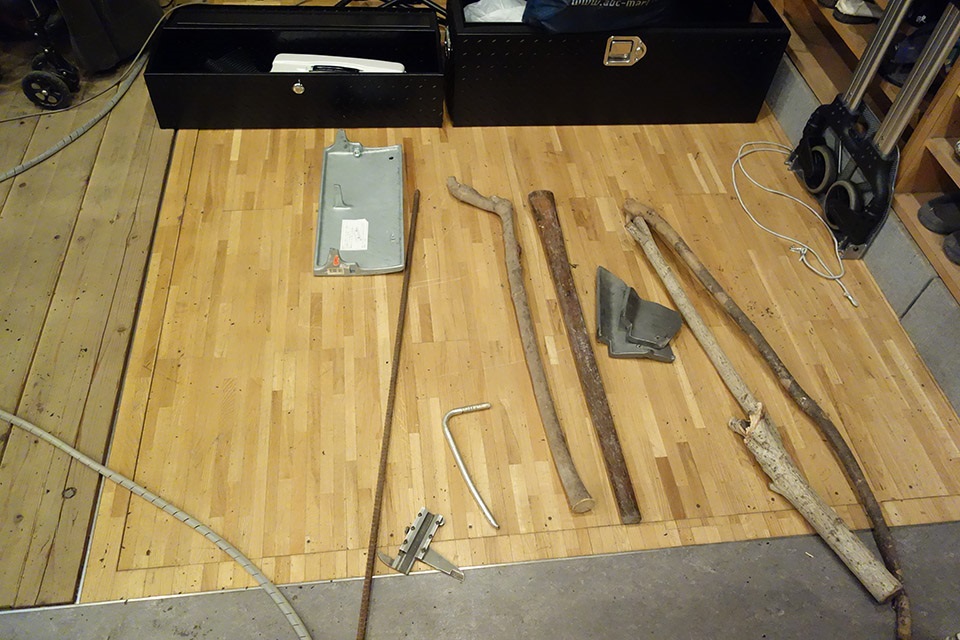Zelda: Breath of the Wild dev on how the sound effects were made
Sound effects are an important aspect of game development, but it took on an especially big priority in The Legend of Zelda: Breath of the Wild. There’s a greater emphasis on exploration and nature, so it isn’t always filled with bombastic music that the series is known for.
In a piece published on Nintendo’s recruitment site, developer Takuro Yasuda provided some insight into the creation of sound effects in Zelda: Breath of the Wild. Interestingly, it was shared that he used his own voice for the Yiga Clan. Yasuda also touched on how he came up with the idea of different sounds being played for Link’s bag depending on which foot the character was stepping on.
Our full translation of the piece regarding sound effects in Zelda: Breath of the Wild is as follows:
Telling Equipment Apart by Sound
The Legend of Zelda: Breath of the Wild is a game that treats the sounds of nature with great importance. When you step into the vast land, you hear not only the majestic background music, but also the sounds of wind, bugs buzzing, and birds chirping… As the person in charge of the sound effects in the game, I created sounds such as boulders rolling and even recorded my own voice to use for the voices of the ninja-like Yiga Clan.
Throughout my work on sound, one in particular that took some trial and error was the sound when the player (Link) walks while holding equipment. The equipment available includes swords, shields, and bows and arrows, which can be made of wood, metal, or even bone, so many combinations are possible. I wanted to make it so that players could tell what they had equipped just by listening.
I went to a specialized studio to record the equipment sounds. They had wooden sticks, pieces of metal, and even damaged roof tiles there, so I looked at the game as it was being developed with people from the development team and recorded various sounds by hitting and rubbing those items. I went to the same studio to record the sound of Link walking. We got some dirt, adjusted it to different hardness levels, and stepped on it in real life to record the sound of walking on different types of ground. There was an issue with that, though; I bought a huge piece of ice to record the sound of walking on ice, but the surface started melting immediately, so we had to hurry to record with it.
Someone’s Shoulder Bag Gave Me an Idea
In this way, I recorded a variety of sounds and tried to make three types of equipment such as swords make noise all together at the same time, but the sounds were difficult to distinguish; it felt as if three people were speaking to you at once. Then I tried offsetting the three sounds from each other slightly, but I still felt that something was lacking.
That was when something I saw on a regular day on my way home from work became a big hint for me. There was somebody walking in front of me wearing a shoulder bag, and every time one of their feet hit the ground, their shoulder bag made noise. So I made it so that when Link steps with his right foot, only the shield makes noise, and when he steps with his left foot, the arrow makes noise, and then the sword at a slight offset. That was how I made it possible to tell them apart without losing the individual characteristics of each material.
When you play, you continually hear not only the sounds of the equipment, but also the sound of Link walking, so I was meticulous in creating that sound so the players could find it at least a little pleasant. The reason I was able to do that was because I had highly experienced seniors at Nintendo who generously taught me extremely specific and detailed tricks to sound creation that I could never have found by myself on the Internet. I am very satisfied with my job where I can take those subtle tricks passed down to me, interpret them in my own way, and put them into an entirely new work.
As it’s slightly related, we’ll also mention that we previously translated an interview with the Zelda: Breath of the Wild development team about the soundtrack. Head on over here to read it in full, which has talk about why the franchise’s usual music formula was changed and more.
Translation provided by Kim Louise Davis and and centurionnugget on behalf of Nintendo Everything.
If you use any of this translation, please be sure to source Nintendo Everything. Do not copy its full contents.

